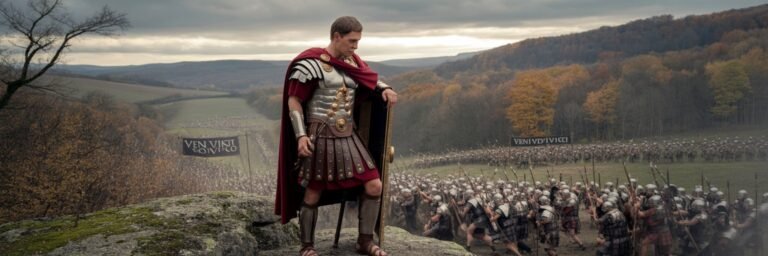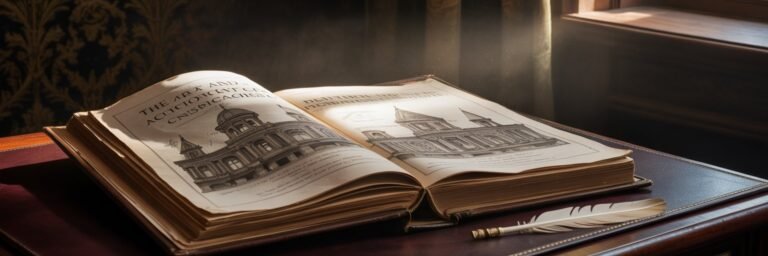INTRODUCTION
The mark of time bears the undeniable footprints of battle, where history was written with sweat, blood, and iron. Historical battles reshaped political landscapes, reconstructed societies, and revolutionized warfare. This article embarks on an arduous journey deep into the hearts of epoch-defining conflicts – the catalysts of seismic shifts and confluences of cultural currents that birthed the world as we know it today.
HISTORICAL BACKGROUND
Tucked away in the annals of history, the Battle of Marathon in 490 BC was a turning point where democracy found its footing. Athenian forces prevailed against the Persian invasion, inspiring a profound belief in the collective strength of free men which remains at the core of western civilization.
The same Persian Empire tasted victory in Thermopylae during 480 BC when they successfully subjugated a valiant Spartan-led Greek coalition under King Leonidas. Although the Greeks suffered defeat, their ferocious resistance became a testament to courage and sacrifice in the face of overwhelming odds.
Fast-forwarding to the Middle Ages, the Battle of Hastings swung the English crown to William the Conqueror. This victory in 1066 AD brought about the Norman Conquest that fueled the rise of feudalism and fundamentally altered the English language and culture.
THEORIES AND INTERPRETATIONS
The narrative woven around historical battles is steeped in varied interpretations. Where some scholars attribute the Athenian victory in Marathon to superior strategy, others argue it was the Persians’ unfamiliarity with hoplite warfare. Some contend that King Darius’ overstretched lines of communication and supply contributed to his downfall.
Similarly, perspectives on the Battle of Hastings vary. Traditionally, William’s triumph is ascribed to the innovative use of cavalry and archers against Harold Godwinson’s infantry-centric force. However, revisionist theories maintain that the English forces were not defeated in battle but succumbed to subsequent Norman sieges.
MYSTERIES AND CONTROVERSIES
Battles seldom leave behind a clear, uncontestable record of events. The whereabouts of Leonidas’ body after the Battle of Thermopylae continues to be shrouded in mystery. Herodotus recounts that the Spartans smuggled their slain king’s remains back, but later chroniclers dispute this, instead claiming that Leonidas’ body was never found.
Controversy also surrounds the Battle of Hastings. Historians challenge the accuracy of the Bayeux Tapestry, an embroidered account of the Norman Conquest, asserting that it was tailored to legitimize William’s dynasty. Some posit that Harold survived the battle, living in obscurity as a hermit in Chester.
SYMBOLISM AND CULTURAL SIGNIFICANCE
Historical battles transcend the field, seeping into collective consciousness and cultural iconography. Marathon stands as a symbol of democratic resistance against tyranny. Even today, Athenians celebrate ‘Marathon Day,’ running the exact distance Pheidippides allegedly sprinted to convey Athens’ victory.
Leonidas, with his resolute ‘molṑn labé’ – “come and take [them],” breathes life into the essence of Spartan valor, rooting deeply within Western military ethos. In contrast, Thermopylae encapsulates the cost of freedom, carrying an enduring message of heroic self-sacrifice.
Hastings, on the other hand, encapsulated the seismic cultural shift that England underwent. The Norman Conquest is immortalized in literature, painting a vivid tapestry of changes from linguistic transitions to architectural advancements.
MODERN INVESTIGATIONS
Modern archaeology and literary criticism dissect historical battles to re-evaluate established narratives. Excavations in Marathon have unearthed Persian arrowheads, while digital terrain modeling sought to recreate the battlefield terrain, enabling a more nuanced reading of the Athenians’ tactics.
Similarly, the closing years of the 20th century marked a revival in Thermopylae studies. Researchers questioned Herodotus’ account, hypothesizing that the Greeks may have held a wider pass.
Meanwhile, metal detector surveys at Hastings yielded artifacts that challenge traditional conceptions about the battlefield’s layout and alter our understanding of medieval military strategies.
LEGACY AND CONCLUSION
Historical battles have bequeathed more than territorial turnovers and fallen monarchs. They have delineated the trajectory of human civilization and consciousness. The Battle of Marathon etched an endorsement for democracy in the face of despotism. Thermopylae handed down tales of unmatched bravery, while Hastings passed on significant cultural transformations.
In their capacity to alter the course of history, these battles embody the transformative power of conflict. While history marches on, these battles linger as frozen moments in time, echoing an enduring testament to human courage, determination, and the relentless pursuit of power and freedom. As we part the curtains of the past, the profound legacy of these conflicts reverberates through the ages, encapsulating both the fragility and resilience of human ambition.






